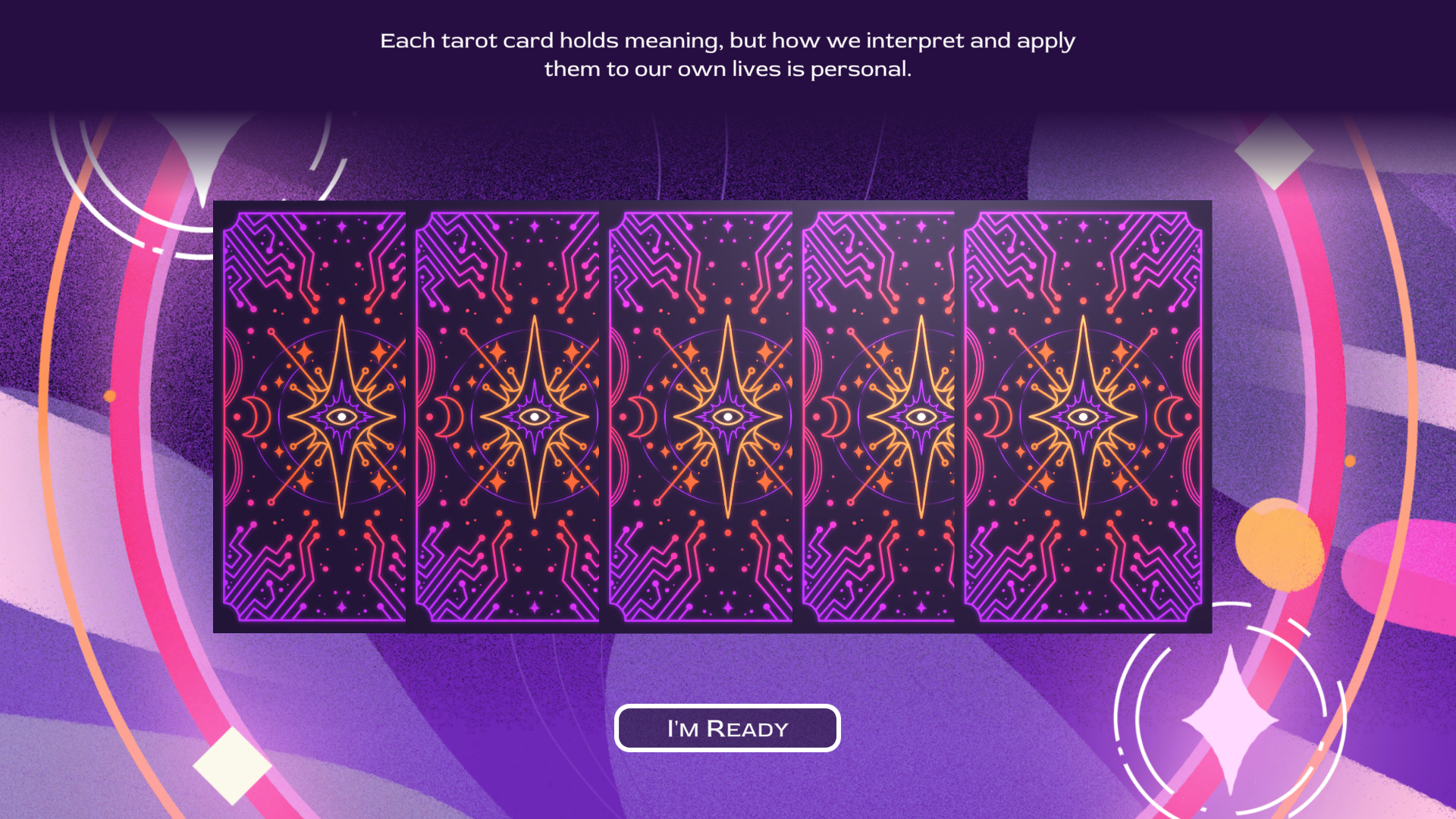On Game Anthologies
Like any type of media, video games are presented in the tried-and-true forms familiar to their audiences. Mini games, visual novels, and RPGs are as ubiquitous for games as short stories, chapbooks, and essay collections are for literature. Another similarity between different types of media is their penchant for borrowing from one another. Anthologies, heavily utilized in literature and even in film and television, are making their way to games and I hope they’re here to stay.
Broadly speaking, an anthology is just a collection of media compiled together. Literary anthologies have long played an important role in publishing and contextualizing the work of writers, from poets to dramatists. Although they existed much earlier, anthologies gained more widespread popularity in the 20th century and were a great way for lesser-known authors to be connected with their more renowned peers.
A literary anthology generally collects together short works such as stories and essays from different authors into one book. They are often constructed from already published works. It’s also common for a journal or publisher to put out a call for pieces for an anthology, having writers send in their unpublished works in response to a question or theme and then selecting the pieces that best go together from there.
Sometimes a series can be considered an anthology, like the Dark Pictures Anthology from Supermassive Games that includes Man of Medan, Little Hope, House of Ashes, and the upcoming The Devil in Me when it releases this November. These titles all share common elements like an emphasis on player choice, horror thematics, and The Curator—a character who acts as a narrator for the dark tales that unfold.
The Cartomancy Anthology, which launched on Steam in August 2022 after a successful crowdfunding campaign last Fall, takes a different approach to the anthology format, one which I identify more strongly with the literary equivalent. The Cartomancy Anthology features 22 commissioned games from different developers and teams. Each game was assigned one card from a tarot deck to use as a theme.
On launch, the Cartomancy Anthology presents the option for a new reading, which can be done as a single card pull or a three card spread. When a card is drawn, players are given a description of the game related to the tarot card it represents as well as information about the developer for that particular game. Everything is tied together in the hub of the Cartomancy Anthology’s opening screen, almost like a table of contents. The presentation of Cartomancy Anthology both aligns itself further with literary anthologies by providing a kind of “introduction” passage to help contextualize the included works and also showcases the unique game-like properties of the form through its digitized card pulls.
The Cartomancy Anthology feels like a step closer to something video games have been walking towards for years. The idea of a collection of games is far from new. The scene is rich with bundles and game jams. The past few years alone, itch.io has housed multiple high-profile, massively extensive game bundles, particularly those aimed at raising funds to support specific causes. The Bundle for Racial Justice and Equality that was released during the summer of 2020 had well over 1,000 games. More recently, the Queer Games Bundle this past June included 588 games for a total of $60.
I wouldn’t categorize these bundles as anthologies, even though they have been hugely successful game collections. For one, they’re too big for the included games to truly be critically contextualized in relation to one another, something I feel is at the heart of anthologies. Even the Cartomancy Anthology, which features far fewer games at 22, struggles to maintain the relevancy and shared meaning between its components at times. Even so, it’s clear that contemporary games are well-suited for compilation, and collection is part and parcel to gaming itself. Games are ready for their anthology moment.
It’s true that literary anthologies were beneficial for emerging writers since their work could appear with more established voices. But anthologies also made good money sense for publishers, who could monetize multiple short pieces assembled in a book more easily than a single short piece on its own. A similar arrangement could benefit today’s gaming industry, home to many talented independent or small-team developers who don’t have the resources to make something like a 50-hour open-world game, and publishers looking to work with smaller projects. There’s also a robust contingent of game critics and journalists that would be well-positioned to contextualize game anthologies.
Games exist within the larger vacuum of media and absolutely should borrow from and respond to film and literature. It’s exciting to see the gaming world take on a format as classic as the anthology and modify it to best suit the strengths and needs of games. I suspect we’ll continue to see anthology-style games going forward, but they won’t look exactly like what we’ve come to expect from literature. Games are absolutely capable of transforming what the anthology format means and looks like into something uniquely suitable for the medium, possibly even into something that the literary world will find itself borrowing from next.

Response
[…] Intuitive Reading | No Escape Jess Elizabeth Reed anticipates the arrival of the anthology format into games with recent examples like the tarot-themed Cartomancy Anthology. […]